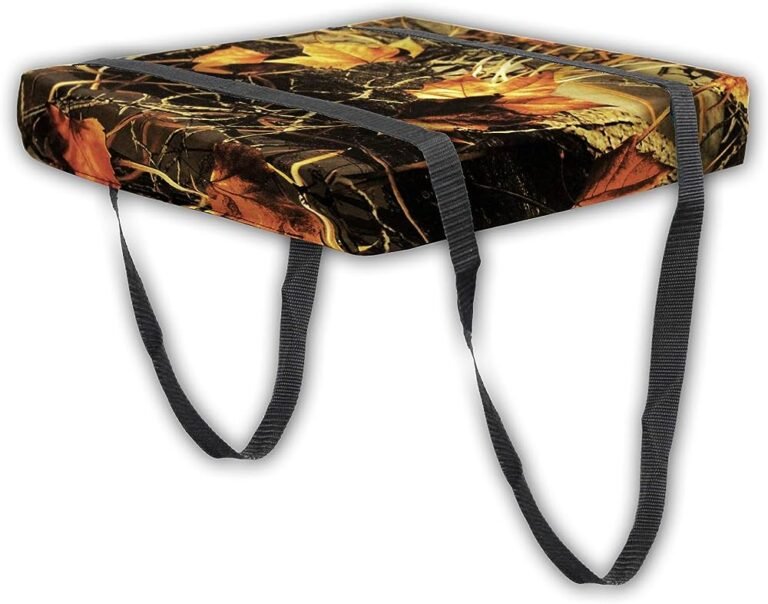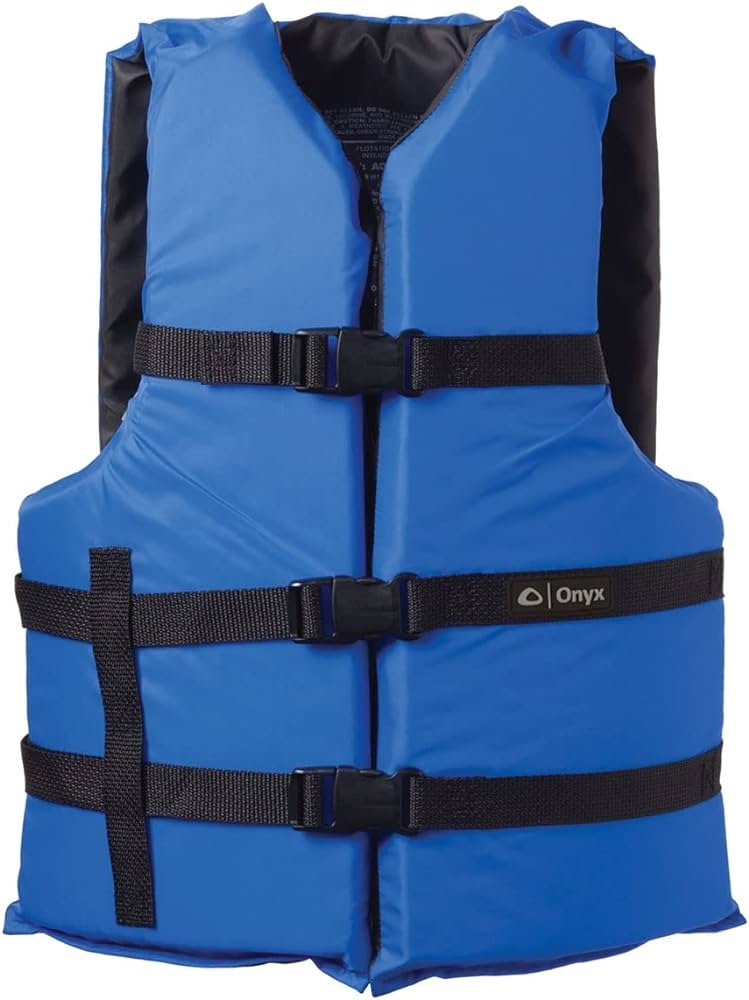How To Check the Buoyancy of Your PFD

Safety should always be a top priority when you’re involved in water sports. Whether you’re kayaking through whitewater rapids or paddling along a calm lake, the right gear can make all the difference in ensuring your safety.
Among the essential gear for any water adventure, a Personal Flotation Device (PFD) stands out as a critical piece of equipment that can save lives.
Overview of PFD Types

Type I – Offshore Life Jackets:
This PFD is designed for open, rough waters. It offers the highest level of buoyancy and is typically bulkier and more suitable for emergencies than recreational activities.

Type II – Nearshore Buoyant Vests:
This type of PFD is suitable for calmer waters near the shore. It’s less buoyant than Type I PFDs but more comfortable for extended wear. It’s commonly used for recreational boating.

Type III – Flotation Aids:
The type III PFD is designed for a wide range of water activities, including kayaking. They provide good buoyancy and allow for freedom of movement. This PFD must be worn to be effective.

Type IV – Throwable Devices:
This type of PFD is not worn but thrown to someone in need. Examples include life rings and buoyant cushions. They’re typically used in addition to wearable PFDs.

Type V – Special Use Devices:
The type V PFD is designed for specific activities, such as kayaking or windsurfing. It often includes additional features tailored to the activity. This PFD must be used according to its intended purpose.
How to Check the Buoyancy of Your PFD
Sizing Assessment
Ensure that you choose the correct PFD size for your body type. Confirm the PFD has a good fit without being too tight, allowing for comfortable movement.
Double-check that all fastenings, zippers, buckles, and straps are securely fastened and adjusted as needed. Tighten or loosen straps to achieve a snug fit.
Visual Inspection
Check your PFD for any visible tears, rips, punctures, or damage to the fabric. Inspect the stitching and straps for signs of fraying or weakness.
Ensure that your PFD has appropriate labels and certification marks indicating compliance with safety standards. Verify that all reflective tape and safety features are intact and visible.
Perform A Buoyancy Test in a Controlled Environment
While wearing your PFD, enter chest-deep water carefully. Let yourself float naturally in a relaxed position without exerting unnecessary effort.
Ensure that your head is tilted back, keeping your face out of the water. Confirm that your mouth and nose remain above the water’s surface.
Observe whether your PFD continues to provide adequate buoyancy or not. Exit the water safely and re-enter to confirm consistent buoyancy.
Take note of the weight limits specified for your PFD. Ensure that you and any gear you carry do not exceed this limit. Wear your PFD with the weight equivalent to your body and any equipment you typically carry during your water activities.
While wearing the loaded PFD, perform the water test as described earlier to confirm that it maintains proper buoyancy.
Basics of Buoyancy In Personal Floatation Devices
Buoyancy refers to the upward force exerted by a fluid (in this case, water) on an object immersed in it. In the context of PFDs, buoyancy is the force that keeps you afloat in the water, preventing you from sinking.
Factors That Affect The Buoyancy of a PFD
- PFD Design and Material: The design and materials used in your PFD play a significant role in determining its buoyancy. High-quality PFDs are often constructed using buoyant foam and flotation panels that are strategically placed to ensure optimal buoyancy.
- Water Salinity: The salinity of the water you’re in can affect buoyancy. Saltwater provides slightly more buoyancy than freshwater, which is important to consider when planning your water activities.
- Weight and Load Capacity: Each PFD is rated for a specific weight and load capacity. Exceeding these limits can reduce buoyancy and compromise your safety.
- Sizing and Fit: It’s essential to choose the right size and ensure a good fit to maximize the PFD’s effectiveness in keeping you afloat.
Legal Requirements and Certification Standards for PFDs
To ensure that PFDs meet the necessary safety standards, various certification organizations establish guidelines and regulations. In the United States, for example, the U.S.
Coast Guard sets standards for PFD design, buoyancy, and labeling. PFDs approved by the U.S. Coast Guard bear a label indicating their compliance with these standards.
How To Sustain The Buoyancy of Your PFD
- Clean After Use: Rinse your PFD with fresh water after each use to remove salt, sand, and debris. Follow the manufacturer’s instructions for cleaning, which may involve hand-washing with mild soap and water.
- Store Properly: Allow your PFD to air dry thoroughly in a cool, shaded area before storing it. Avoid prolonged exposure to direct sunlight and extreme heat, as it can damage the materials.
- Perform Regular Check-ups: Periodically inspect your PFD, even if you haven’t used it recently, to ensure it remains in optimal condition. Look for signs of wear, fraying, or damage.
- Deal With Damage Promptly: If you notice any damage or wear, address it promptly. Small repairs can prevent more significant problems later on.
When To Replace Your PFD
If your PFD shows signs of irreparable damage, such as torn flotation material or compromised buoyancy, it’s time for a replacement. Do not take chances with a damaged PFD.
Tips for Maximizing The Buoyancy of Your PFD
- Choose the Right Type of PFD: Select a PFD that matches your intended water activity. Different types of PFDs are designed for specific conditions and activities, so choose the one that suits your needs best.
- Ensure A Good Fit: Make sure your PFD fits well but comfortably. A loose PFD may not provide optimal buoyancy.
- Properly Adjust Straps and Fastenings: Take the time to adjust all straps and fastenings correctly. A well-fitted PFD will provide better buoyancy and comfort.
- Regularly Test Your PFD: Conduct buoyancy tests as described in this guide regularly, even if your PFD appears to be in good condition. Testing ensures that it remains effective and reliable.
Your Personal Flotation Device (PFD) is not just another piece of water sporting gear; it’s your lifeline on the water. Buoyancy is the key to your safety, and understanding how to check and maintain it is quite important. We strongly advise all water enthusiasts to take their water safety seriously.






